




The world is digital, but life is analog..





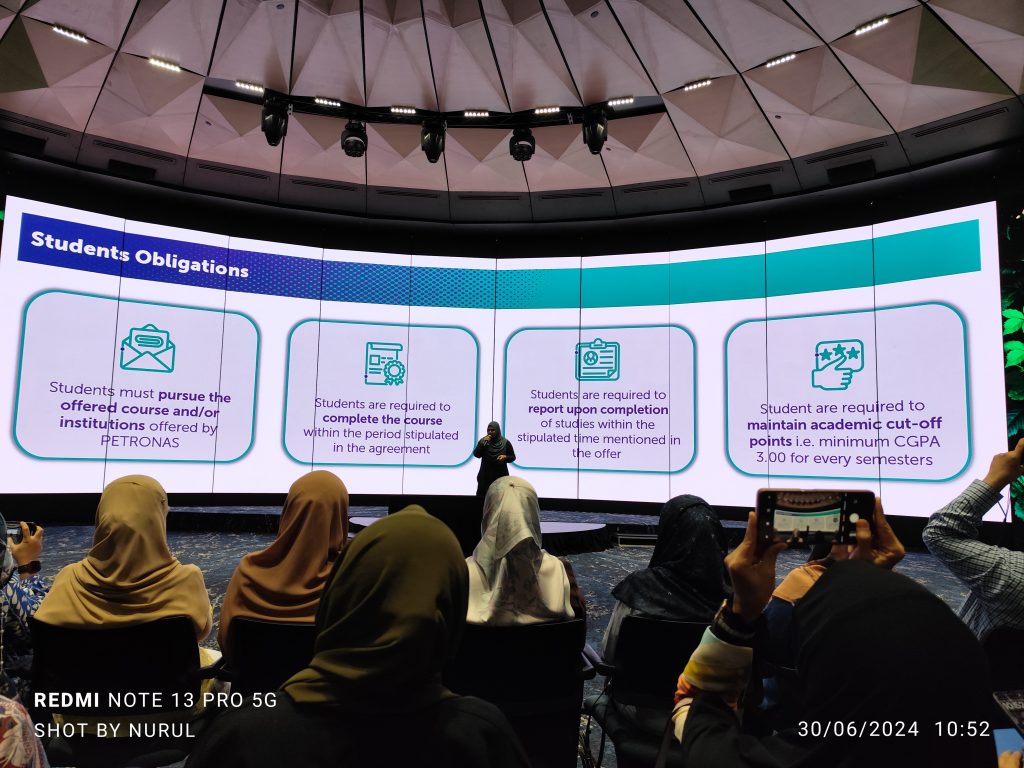
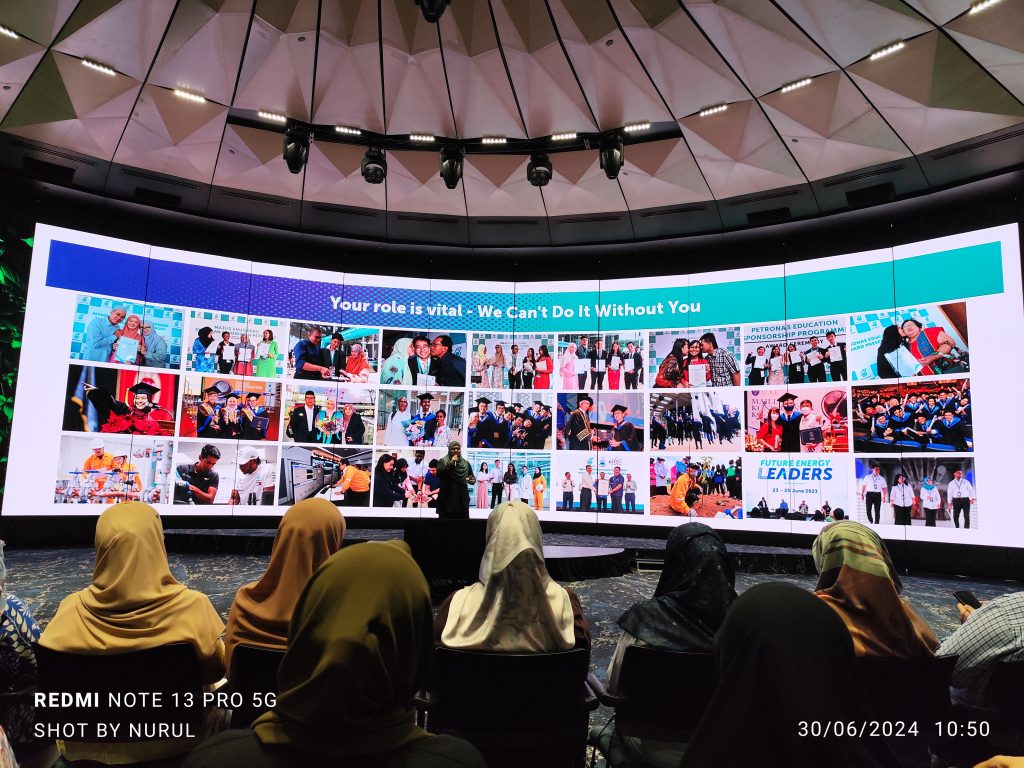
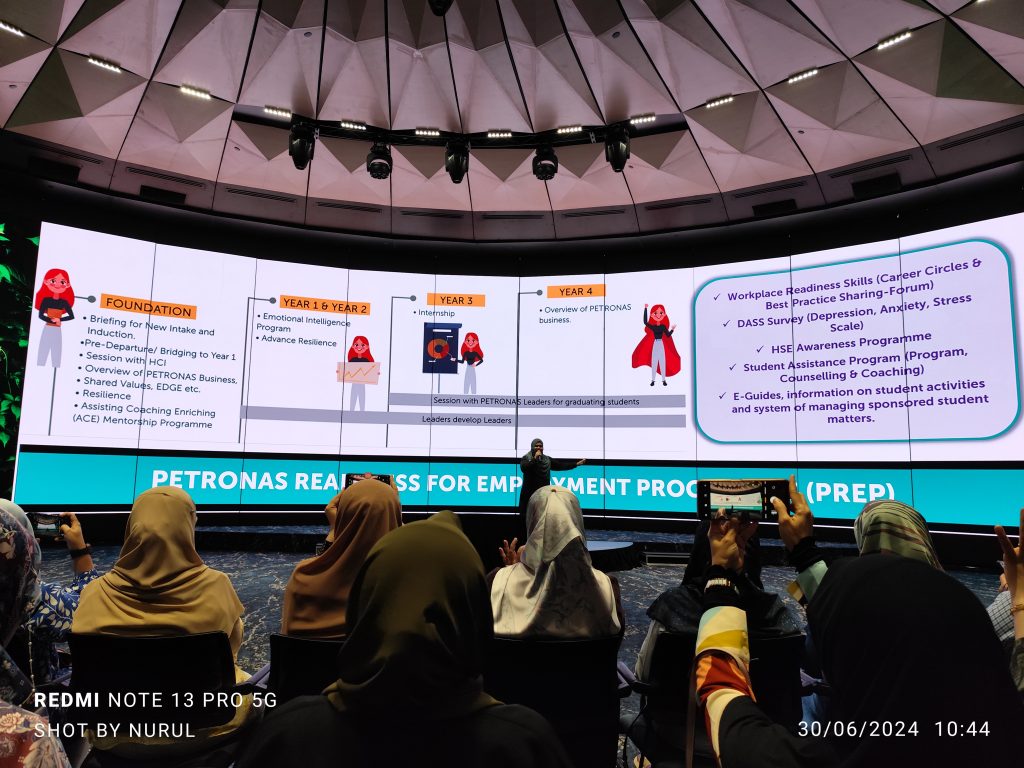
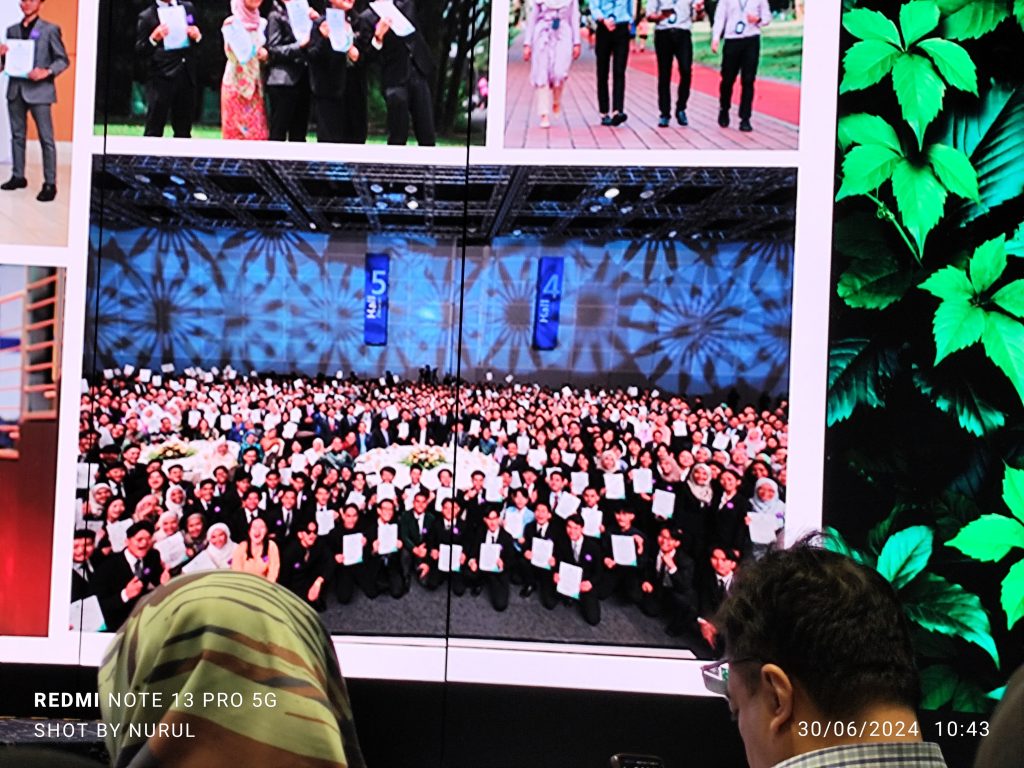
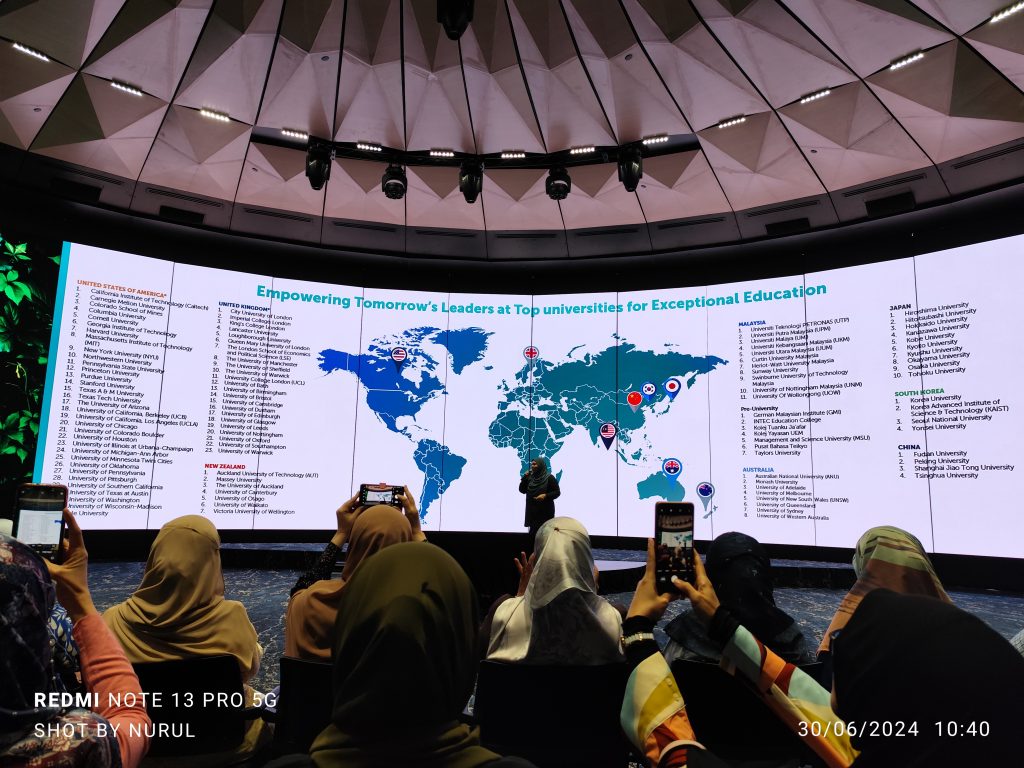
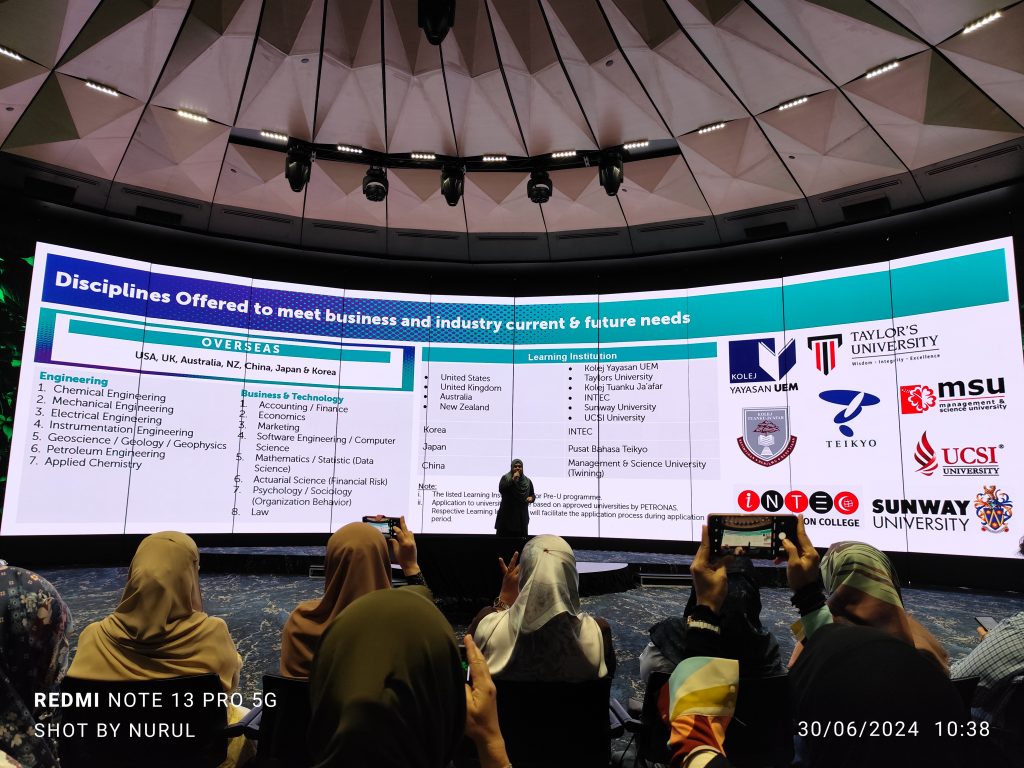
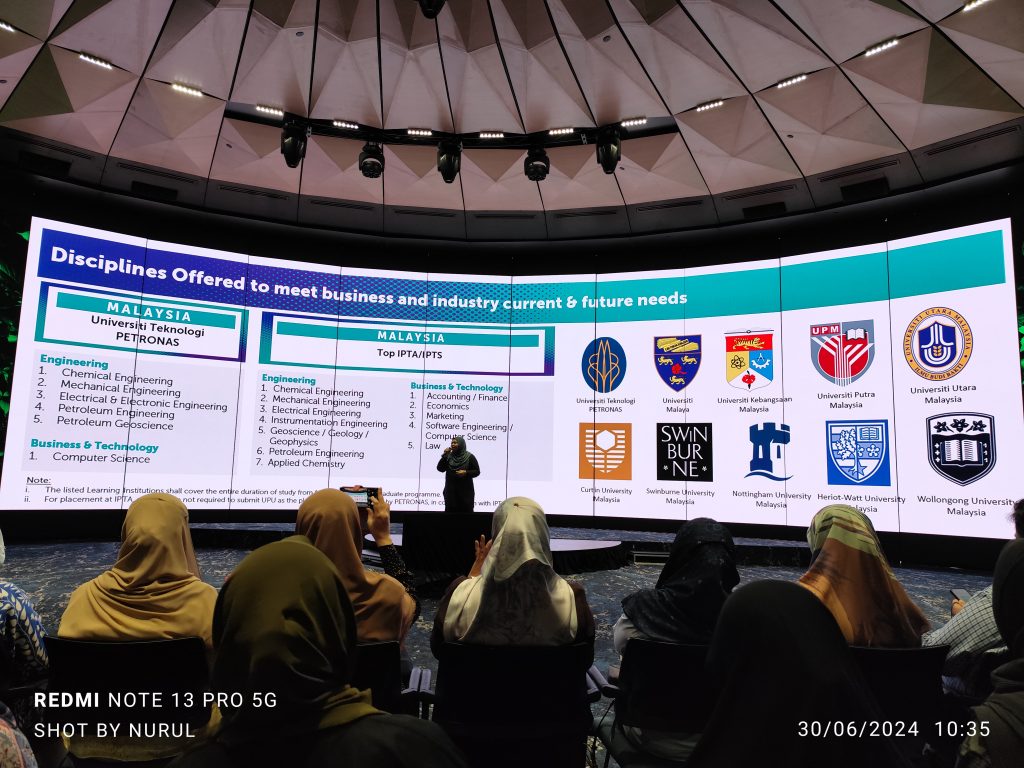
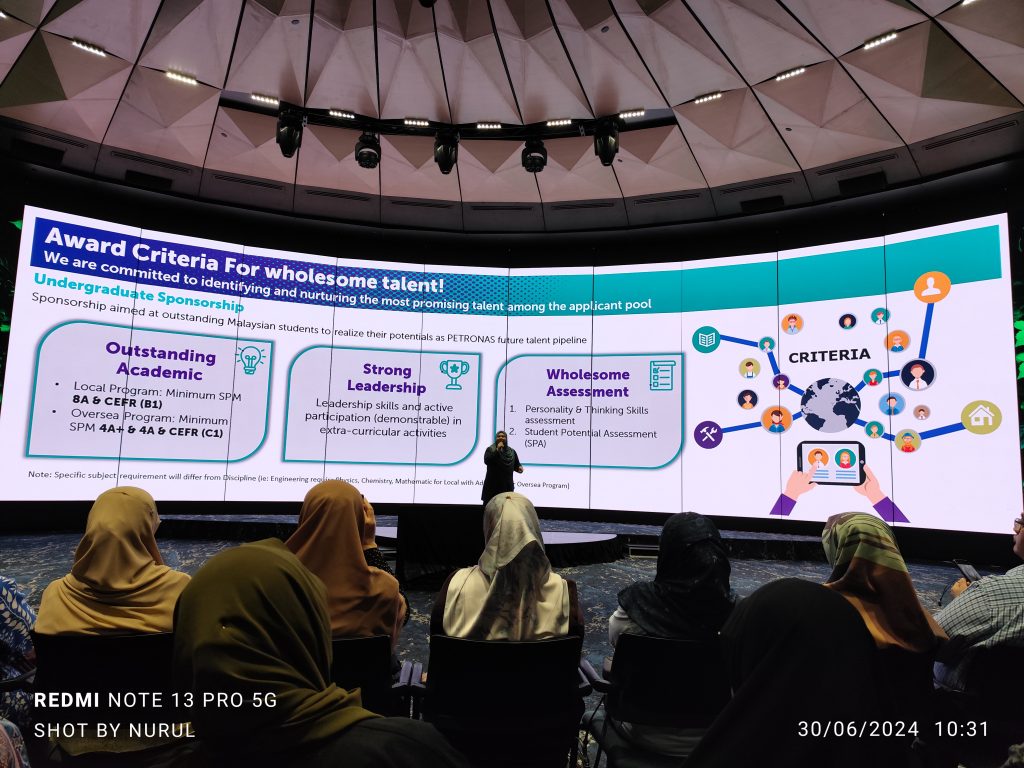

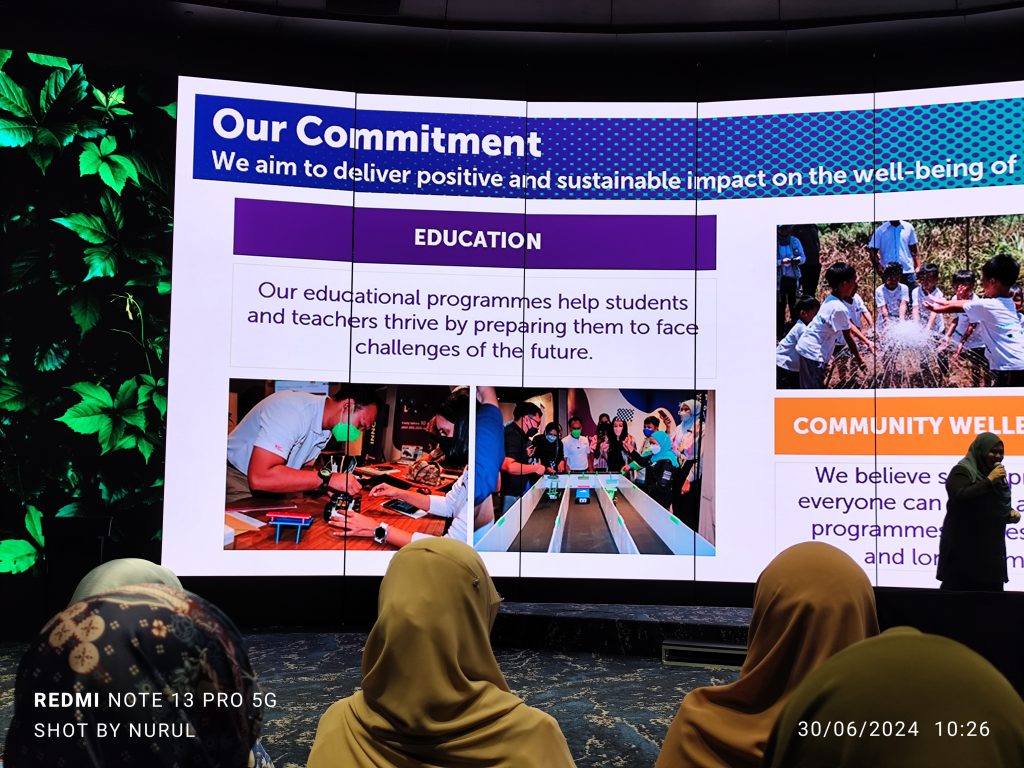
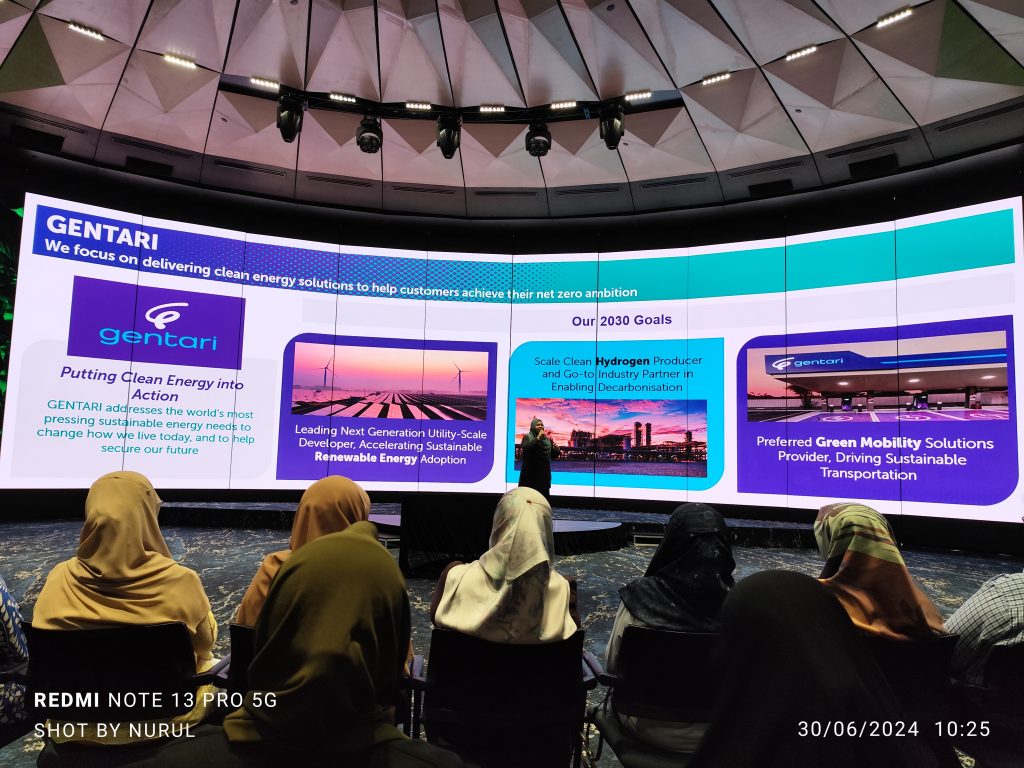
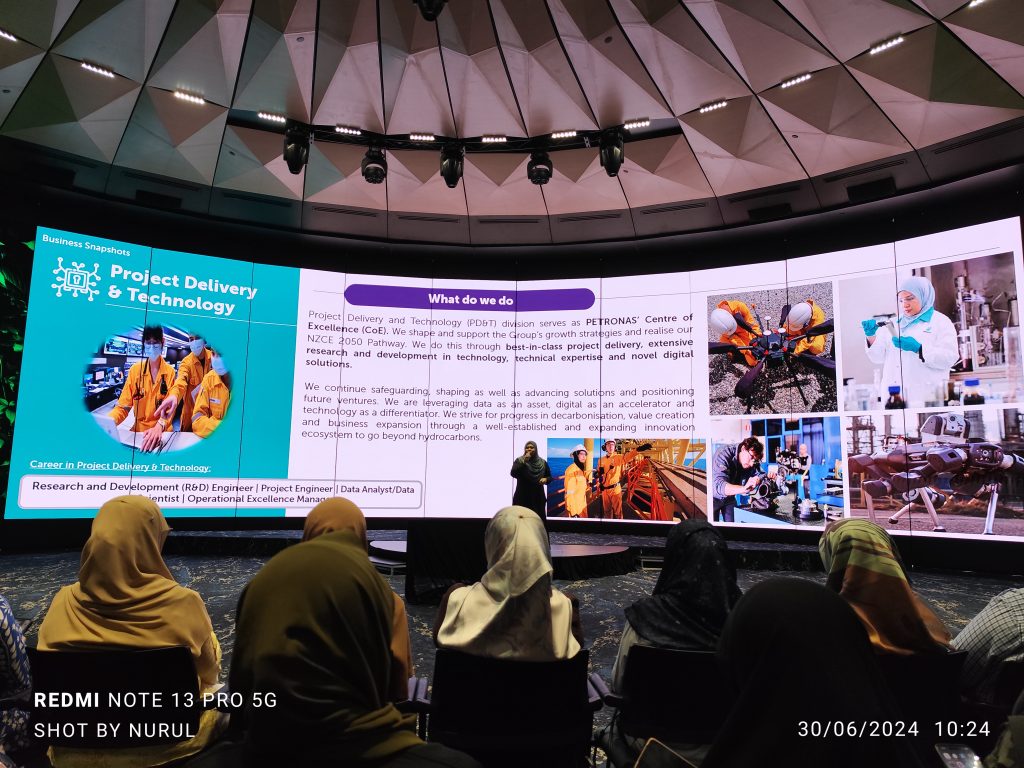
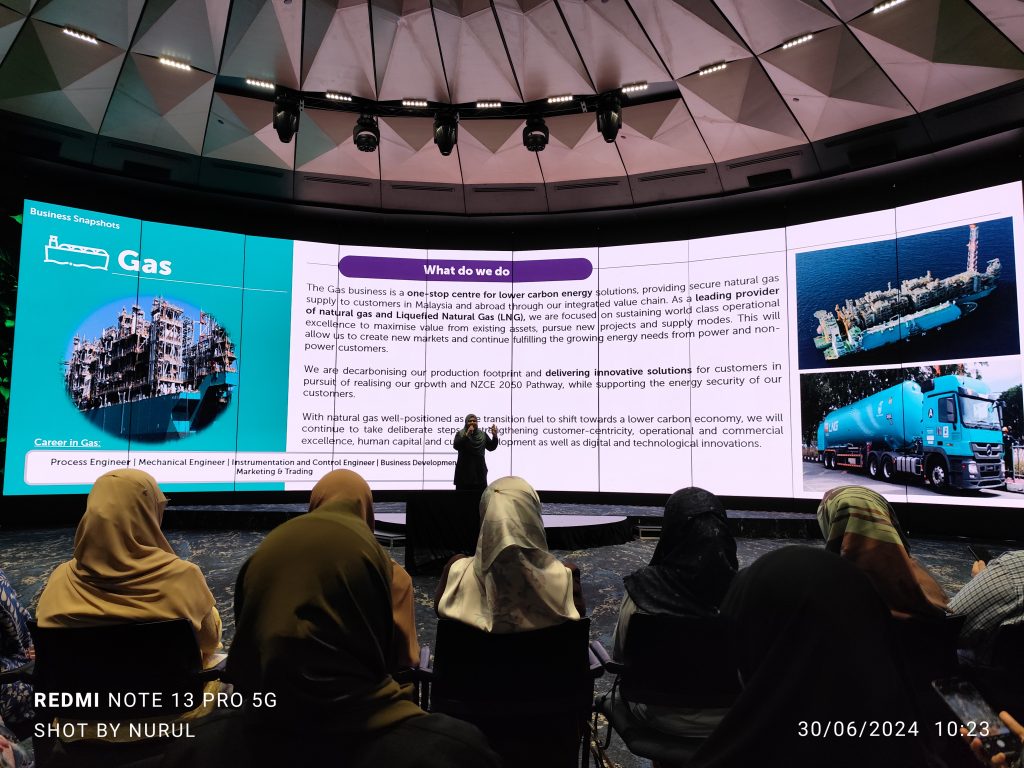

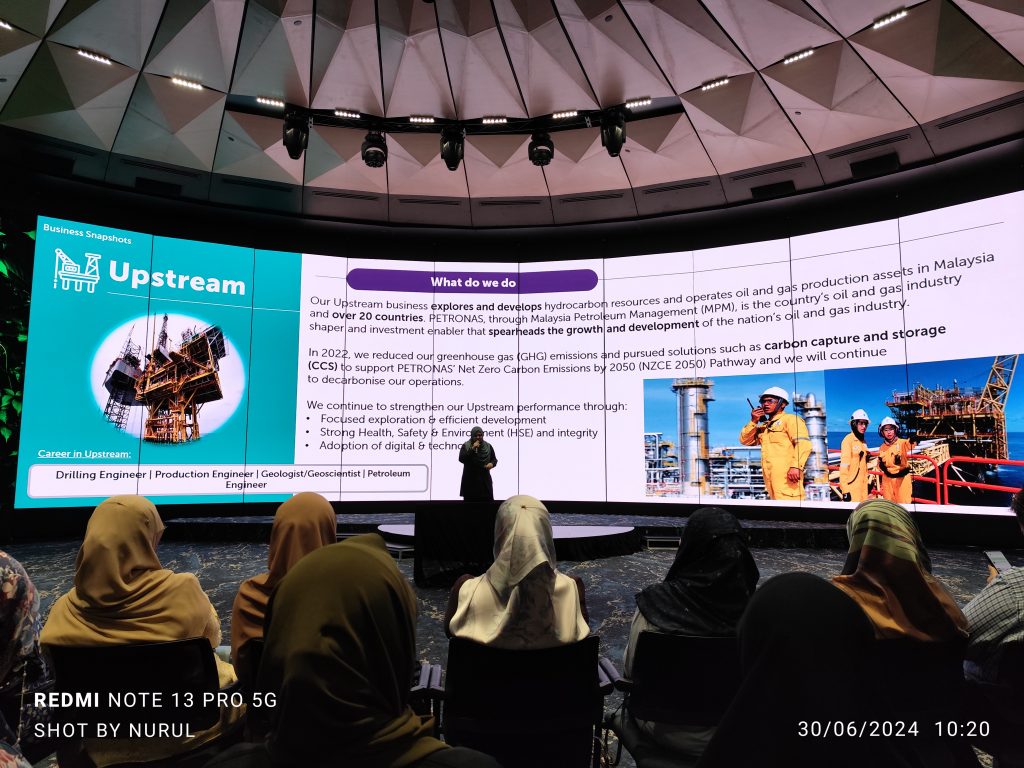
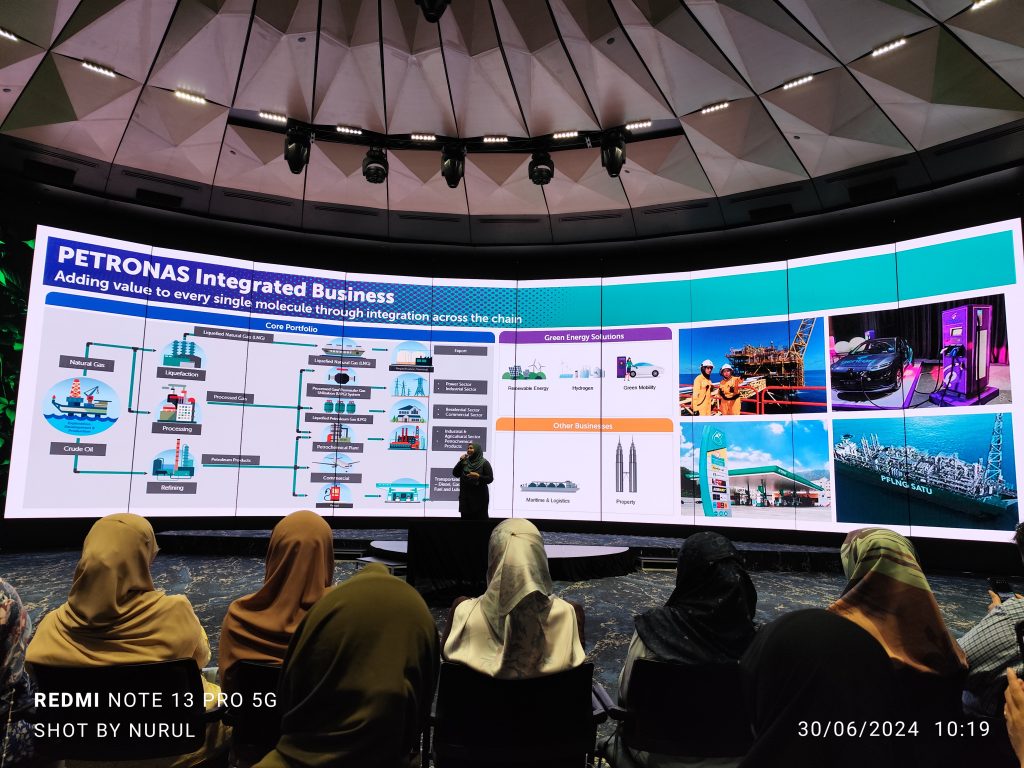
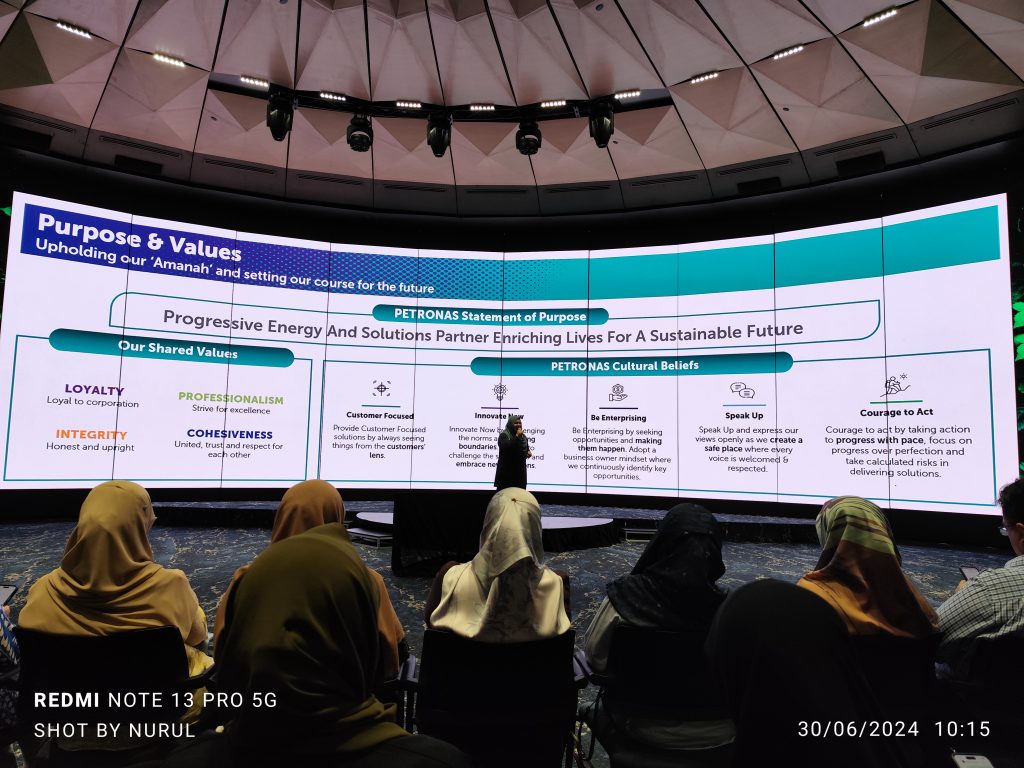

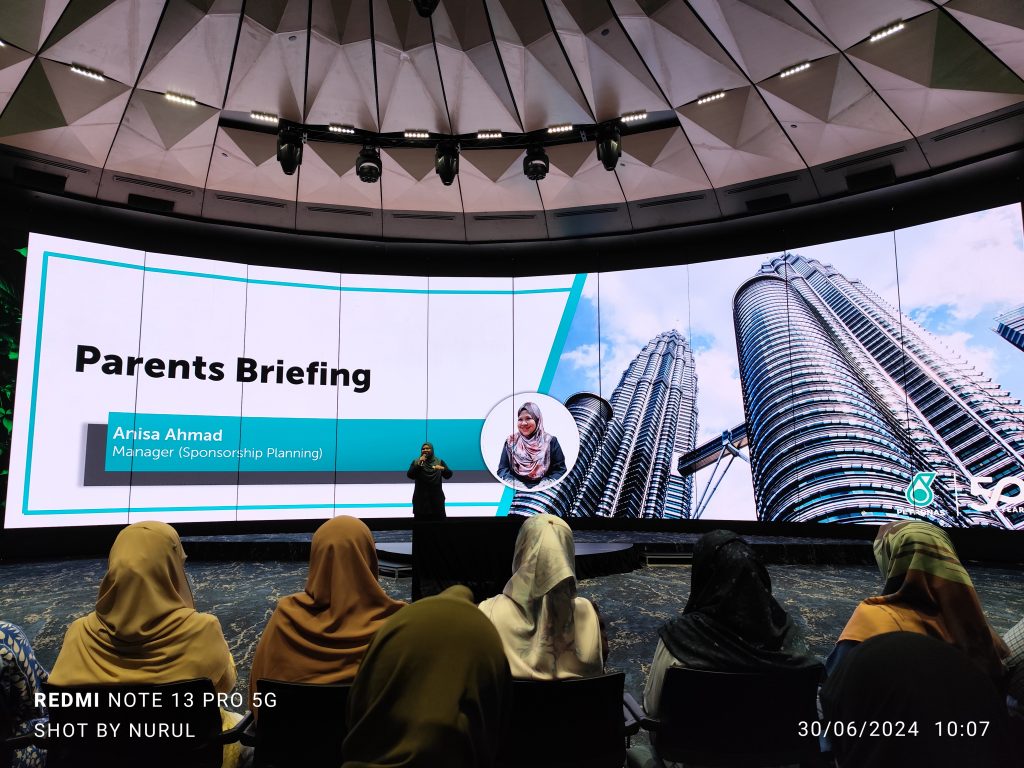
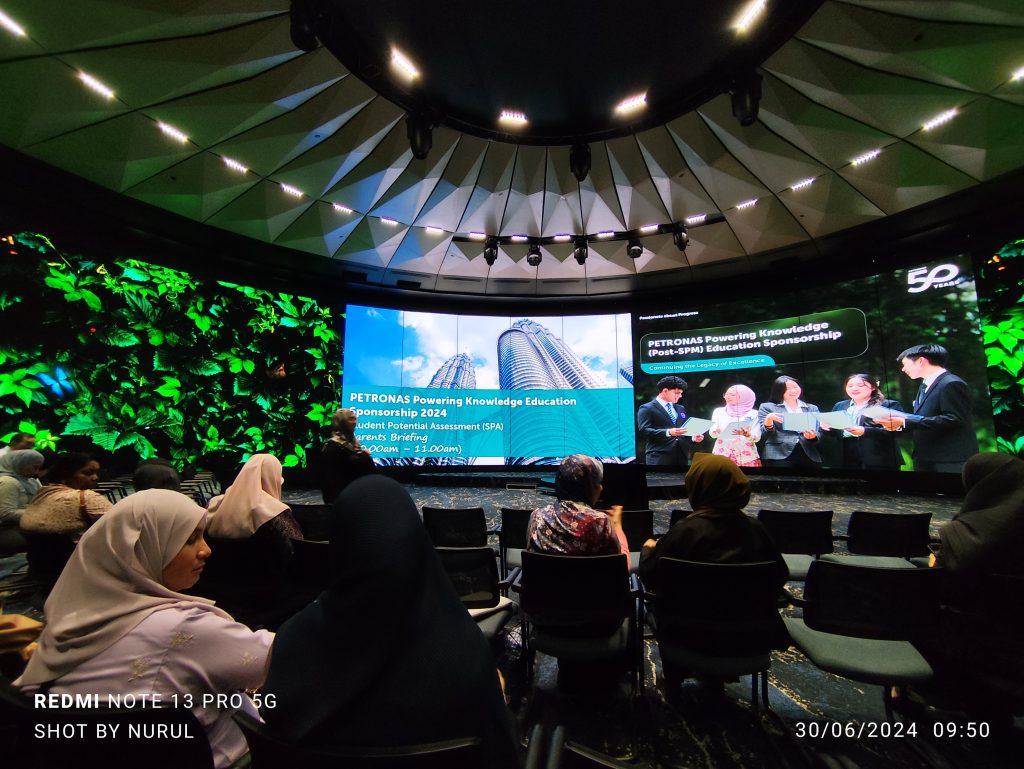

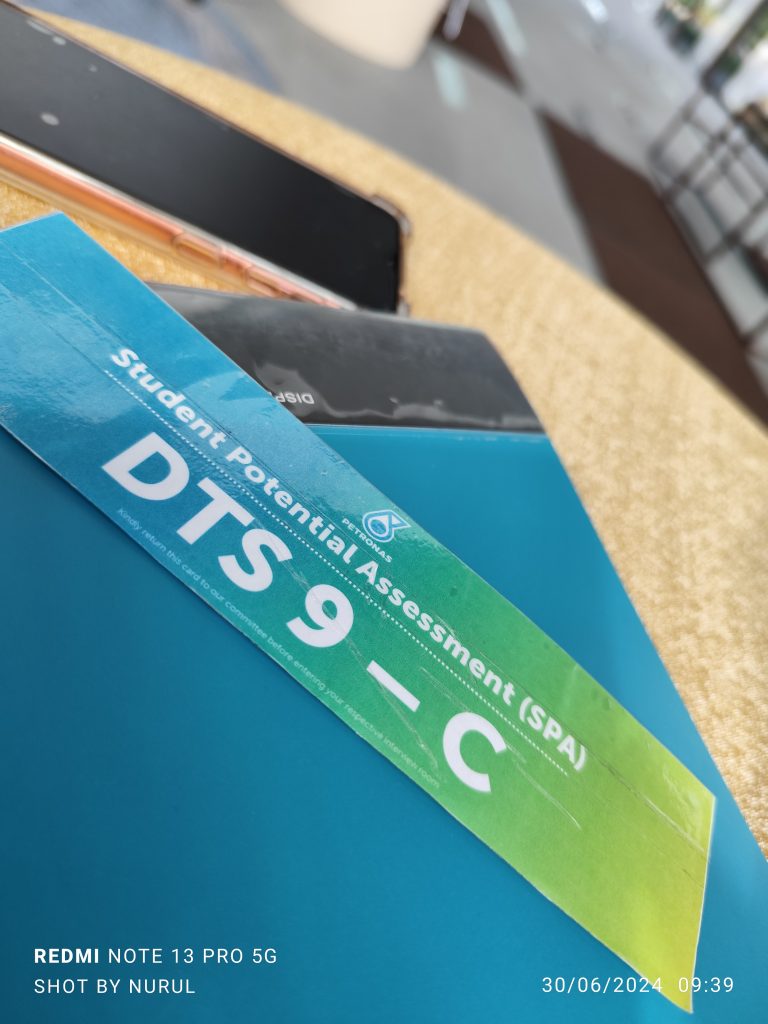

I recently had the opportunity, Alhamdulilah, to accompany my eldest daughter to her scholarship interviews with three prestigious sponsors – Jabatan Perkhidmatan Awam (JPA), MARA Young Talent Program, and Petronas PESP. It was a humbling yet proud experience to be there for her, although at times it felt like it added a bit of pressure, hehe.
Throughout her schooling years, I missed several of her milestones due to work commitments ;( . She achieved so much, from championing state-level hockey and Taekwondo tournaments to receiving academic awards. Last year, I made a pledge not to miss any more of my children’s milestones. Since then, we made trips to taekwondo tournament in Johor, rugby championship in Mentakab, and last week’s back-to-back interview sessions with JPA, MARA, and Petronas.
The nerves definitely got to me, even though it was their games and interview! I suppose it’s natural for a mother to feel this way.
The JPA interview was held on campus in Gambang, with a dress code requiring all black attire—trousers, shirt, and tudong. Candidates were tasked with discussing and deliberating several topics related to the scholarships they applied for. My daughter applied for a scholarship in France, much to my surprise! I had been promoting the UK and Germany, where I had experienced and been impressed by the teaching and learning facilities. Although it has been 11 years since I returned from the University of Edinburgh, I still cherish the joy, ambiance, and view of UoE.
The MARA interview took place in Taiping, a city near Ipoh. Candidates were asked to deliberate on the declining interest among students in pursuing STEM. My daughter had been preparing her pitch on various topics, from the OceanGate submersible implosion tragedy to AI in education, wars, and climate change—but not STEM education, haha. I hope she did well in presenting her ideas, insyaAllah. Declining interest in STEM is a global issue, and I have seen firsthand how challenging it can be, especially in rural, underprivileged areas.
The final interview was with Petronas PESP, held at the prestigious Petronas Leadership Center in Bangi. The ambiance and competitive aura were distinct from the first two interviews. Even only as a chaperon, I felt humbled. The drop-off lobby was filled with continental and European cars, though this did not necessarily reflect the socio-economic background of the candidates. Here, she was tasked with proposing and deliberating innovative ideas to make Petronas resonate with youngsters.
While the candidates were being interviewed, parents attended a parallel briefing session. The 360-degree hall and iMac experience were impressive. Parents were briefed on the scholarship requirements, Petronas’ main business, previous alumni, and targeted universities. It was a privilege to reach this stage.
To Cha, umi hope, pray, and believe the best for you. This experience was felt by the whole family – abah, umi, adik2, mami, maktok and tokba, who came all along the way to support. Whether you pursue dentistry or space engineering or mechanical engineering or chemical engineering, do your best and be kind to everyone.
Where we come from may differ—some may not have the same privileges, and some may have the whole support in the world — remember, where we are heading depends on what we do and how we react. Everything that happens is only by Allah’s will. Shukr ‘ala kulli hal.
Umi – July 1st
A good podcast session.
Here, Prof Wendy Suzuki, a neuroscientist shared about things that matters to your brain, which include regular exercise =), of course.
Another one that caught my attention is how the brain learn the best (how human learn and memorize stuff) which includes:-
This episode is highly recommended:-
Love QB’s take on Jolene, empowerment well said.


I highly recommend “Edge of the Unknown with Jimmy Chin,” for its creativity in featuring elite athletes navigating the unforgiving terrain of the vertical world. With a rating of 9/10, this first episode – Before Free Solo – sets a promising tone for the remainder of the series.

Jimmy Chin, renowned alpinist and filmmaker, guides us through the treacherous landscape of high-altitude climbing, where the margin for error is virtually non-existent. The title itself – Edge of the unknown, encapsulates the gravity of the situations these athletes face, where a single misstep could spell disaster.
As we delve into the lives of these athletes, the concept of fear as a constant companion in their pursuit of greatness, was introduced. Whether scaling towering rock faces or navigating precarious ridgelines, each elite athletes must confront their deepest fears in order to succeed. Chin’s intimate portrayal of these individuals humanizes their experiences, offering viewers a glimpse into the psyche of those who dare to defy gravity.
What sets this episode apart is its ability to capture the essence of adventure without glorifying risk-taking. While the adrenaline-fueled moments are undeniably thrilling, Chin also explores the inherent dangers and sacrifices involved in extreme sports. Through stunning cinematography and candid interviews, he sheds light on the complexities of the human spirit, revealing the resilience and determination that drive these athletes to push beyond their limits.
I find this docuseries to be not only entertaining but also thought-provoking. It serves as a reminder of the importance of perseverance and courage in the face of adversity, values that are equally applicable in our academic pursuits. Just as these athletes must overcome obstacles to reach the summit, so too must we overcome challenges to achieve our goals.
One of Jimmy’s opening remarks, “When you’re in the quest to redefine what humanly possible is, the thin line between triumph and tragedy,” woke me up to engage deeply with all 10 series.

The series sets a high standard for a documentary series, offering a captivating glimpse into the world of extreme adventure. With its compelling storytelling and breathtaking visuals, it leaves awed from the start to the end 🙂
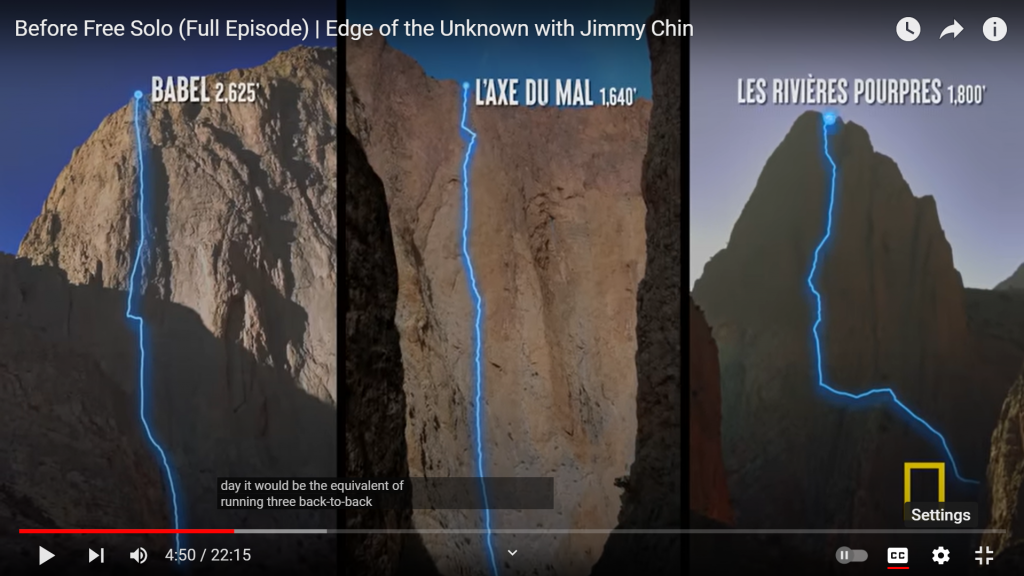

Last night, I watched the docufilm “Wild Life.” So much so, that I hit the play button for a second round, back-to-back. That immediate decision to dive back in describe how this film’s exceptional storytelling, which seamlessly weaves together the past, present, and the awe-inspiring landscapes of Patagonia.
Directed by Elizabeth Chai Vasarhelyi and Jimmy Chin, “Wild Life” made its mark at the 2023 South by Southwest Film Festival and has since been enchanting audiences. The film explores the incredible journey of conservationist, philanthropist, Kris Tompkins and her husband, entrepreneur philanthropist Douglas Tompkins, taking us through decades of entrepreneurial success, personal loss, and an unparalleled commitment to preserving the planet.

From the very beginning, as Kris embarks on her journey with Doug to establish The North Face, I found myself hooked. The nostalgic connection kicked in as I reminisced about my first winter clothing purchase during a Boxing Day sale in Edinburgh—a North Face jacket that has seen many adventures since.

The narrative unfolds through various timelines, showcasing the couple’s entrepreneurial endeavors, Doug’s tragic demise in a kayak accident (marked by a poignant funeral scene), and Kris’s closure hike to the highest mountain in Patagonia. The emotional rollercoaster of loss, resilience, and passion for conservation is masterfully depicted.
For me, The North Face wasn’t just a brand; it was the gateway to a world of exploration. Watching the film, my personal connection to that iconic brand added a layer of resonance to the unfolding story. It’s a reminder of how seemingly small choices, like buying a jacket, can connect us to a larger narrative.
Kris and Doug Tompkins, the protagonists of this real-life docu, are portrayed with depth and authenticity. They bought land – 12 mil hectare and advocate it to conservation. The film’s narration by Yvon, a mutual friend, adds a personal touch, guiding us through Doug’s entrepreneurial successes—from North Face to Patagonia to ESPRIT. The storytelling skillfully celebrates their achievements while staying true to the challenges and losses they faced.
Wild Life isn’t just a documentary; it’s a testament to the indomitable human spirit. Kris’s journey after Doug’s passing is nothing short of inspiring. The film beautifully captures her dedication to conservation and the legacy they built together. Doug’s symbolic gesture of naming a mountain after Kris, affectionately known as Birdie, speaks volumes about their profound connection.
Elizabeth Chai Vasarhelyi and Jimmy Chin have crafted a visually stunning masterpiece. The seamless blending of archival footage, interviews, and breathtaking shots of Patagonia not only enhances the storytelling but also elevates the emotional impact of the film. It’s a testament to their directorial prowess.
Wild Life is more than a documentary; it’s a profound exploration of life’s journey, love, loss, and the enduring impact one couple can have on the world. I encourage everyone to experience this emotionally stirring and visually captivating film that not only pays tribute to Kris and Doug Tompkins but also serves as a call to action for conservation.
This marks my fifth viewing of The Swordsman 🙂 and with each watch, its profound depth and nuances never fail to captivate me. Directed by Choi Jae-hoon, this South Korean martial arts film has evolved into a timeless masterpiece, inviting me to rediscover its compelling narrative and breathtaking action sequences.

As the credits roll, the story’s familiarity doesn’t diminish; instead, it deepens my appreciation for the intricacies woven into every frame. The film follows Tae-yul, the best swordsman in Joseon, on a journey marked by sacrifice, loyalty, and unwavering love for his daughter, Tae-ok.
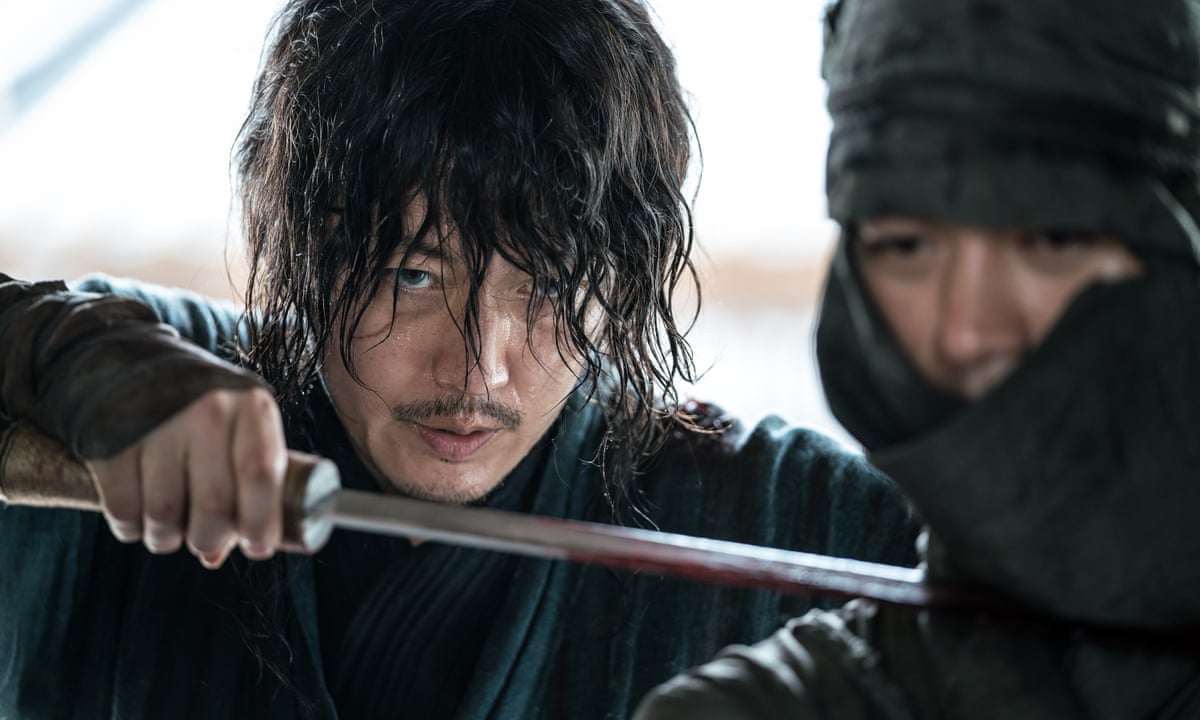
The father-daughter bond, delicately portrayed against a tumultuous historical backdrop, adds emotional layers to intense martial arts sequences. Tae-yul’s sleek moves showcase not just choreography but a visual representation of resilience and determination, echoing broader themes of duty and sacrifice. In a breathtaking moment, Tae-yul materialized like a sudden gust of wind, appearing out of the blue to defend Tae-ok against Gurutai’s men.
Confronting the past takes center stage as Tae-yul faces former allies of the king, exploring complexities of loyalty and personal sacrifice. This is indeed so relevant anywhere, anytime. This adds depth to Tae-yul’s character, enriching overarching themes. With each viewing, the movie transcends its martial arts spectacle label, becoming a unique familial bonds and indomitable spirit. The final battle, a culmination of Tae-yul’s journey, retains its visceral impact. The revelation about Tae-ok adds a poignant twist, showcasing the depth of their connection beyond blood ties.
The father’s love emerges as a thread weaving the emotional fabric of the narrative. This delicate portrayal elevates the film beyond action spectacle to a heartfelt exploration of a father’s protective instincts.
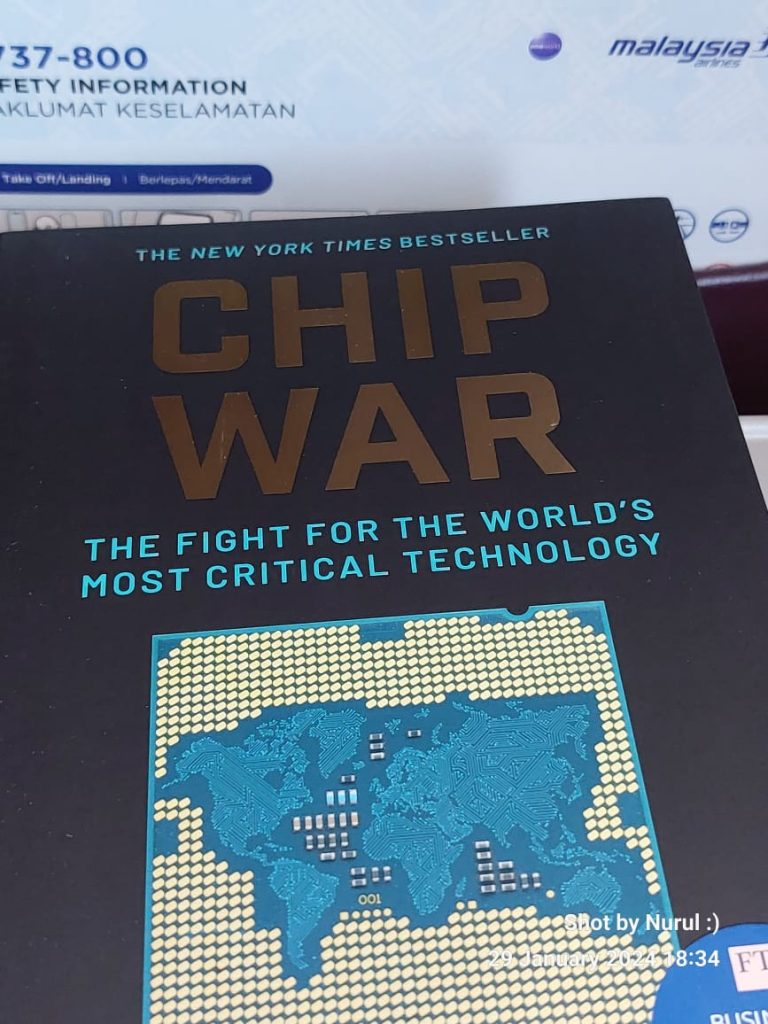
In a world dominated by cutting-edge technology, there exists a silent war—yet very competitive in the semiconductor chips. “Chip War: The Fight for the World’s Most Critical Technology” by Chris Miller, as reviewed by The New York Times, put a perspective of a riveting journey through the evolution, significance, and global impact of these tiny yet transformative components.
I’ve been wanting to read this book for quite some time. This book took root last year when it caught my eye on as I was browsing for a list of good reads in mid-2023. Finally bought at Kinokuniya KLCC last week while attending a Petrosains workshop.
Chris Miller’s narrative unfolds chronologically, beginning with Gordon E. Moore’s groundbreaking prediction in 1965, a forecast that would later be known as Moore’s Law. This prophecy, encapsulated in the article “Cramming More Components Onto Integrated Circuits,” became the catalyst for the exponential growth of transistors on silicon chips, propelling the world into the era of digitization.
The book weaves together characters, from the founding figures in Silicon Valley to the key players in China, Japan, and Taiwan. Miller deftly explores the geopolitical implications of the semiconductor industry, arguing that it not only shapes the global economy but also plays a pivotal role in the delicate balance of power among nations.
Notably, Miller’s narrative touches upon the Malaysia COVID-19 lockdown, revealing the far-reaching consequences on the chip supply chain. The lockdown’s impact on manufacturing, logistics, and workforce availability highlights the vulnerability of the global semiconductor ecosystem to external shocks. The disruptions caused by the pandemic underscore the intricate interdependence of nations in sustaining the production and supply of critical technologies.
This acknowledgment adds depth to the understanding of the challenges faced by nations involved in chip manufacturing, contributing to a more comprehensive and nuanced portrayal of the industry’s landscape. Malaysia, with its significant presence in the semiconductor sector, becomes a notable player in the broader narrative, showcasing how external factors can influence the delicate balance of the semiconductor ecosystem.
As an educator in the field of electrical engineering in Malaysia :), the book provides a firsthand view of the semiconductor industry. Feedback from my students working in Penang and venturing as far as Taiwan highlights the industry’s global impact. The challenge of revising curricula to keep abreast of rapid technological advancements becomes a paramount consideration.
As an academician in EE , the book serves as a wellspring of motivation to delve into FPGA-related research. The ever-changing nature of the semiconductor industry sparks a desire to bridge the gap between theoretical knowledge and practical skills, ensuring that students are equipped for the challenges of this dynamic field.
As a STEM advocate, there’s an inherent urgency to bring the ‘chip’ technology to young minds. The challenge lies in articulating these complex concepts in a language that resonates with the next generation, fostering interest in STEM fields and highlighting the tangible impact of hardware in their everyday lives.
The book prompts a reflection on supporting and nurturing diverse interests in children. Rather than imposing predetermined paths, the emphasis shifts to allowing the freedom to explore passions—be it aerospace engineering, mathematics, or animal sciences.
“Chip War: The Fight for the World’s Most Critical Technology ” emerges not just as a book but as a call to action. It beckons educators, academics, STEM advocates, and parents to navigate the digital landscape with a profound understanding of the critical role played by semiconductor chips. As we stand on the precipice of the future, Miller’s book serves as a guide, shedding light on the unseen battlegrounds that shape our technological destiny. The digital revolution is not merely a spectator sport—it’s a war, and understanding the dynamics of this war is the first step towards mastery of the ever-evolving world of technology.
https://www.linkedin.com/posts/interestingengineering_what-do-airplane-lights-mean-ugcPost-7149390169492697088-5EtJ?utm_source=share&utm_medium=member_desktop
Engaging young minds in STEM outreach programs is a rewarding endeavor, whether the engagement involves the simplest or most advanced activities =). One activity that consistently finds its place in almost every UMP STEM Lab module, especially in programming, physical computing and robotics, is the humble LED. Let’s delve into the journey of LEDs in STEM education and how these tiny diodes offer more than meets the eye.
The Simplicity of LED Control – At first glance, controlling an LED appears to be a straightforward task. Playing around with various control statements to manipulate the LED’s output, experimenting with multiple LEDs, different colors, and sequences – it all seems like child’s play. After all, there are only two states for an LED: on or off, making it an ideal starting point for novice learners. Even the introduction of Pulse Width Modulation (PWM) to control the LED’s intensity doesn’t complicate matters too much.
However, a memorable incident served as a turning point in my perspective. A young participant in UMP STEM Lab – back in 2018, yes I remember dates well :p, having completed his assignment, looked at the blinking LED and asked a simple question, “So what? The LED blinks.” This innocent query prompted a deeper reflection on the true potential of LEDs beyond mere on-off cycles.
Beyond blinking lights- One can program LED to convey information. While it’s true that LEDs can blink, their utility extends far beyond this basic function. In reality, LEDs can convey a wealth of information through various patterns, colors, and sequences. Consider the indicator lights in an airplane operation – each different light carries a distinct meaning. From indicating engine status to signaling the readiness for takeoff, LEDs play a crucial role in communication.
This video, beautifully illustrates the significance of lights in conveying information. In an airplane cockpit, the combination of different lights serves as a visual language for the pilot, communicating critical details about the aircraft’s status and operation.
The seemingly simple light (often represented by LEDs) holds the power to convey intricate information, making it a valuable tool in STEM education. Beyond the basics of on-off control, the exploration of LED applications opens doors to a deeper understanding of electronics, programming, and the nuanced language of visual communication. As educators and enthusiasts, let’s continue to unveil the complexity behind the blink and inspire the next generation of problem solvers.
